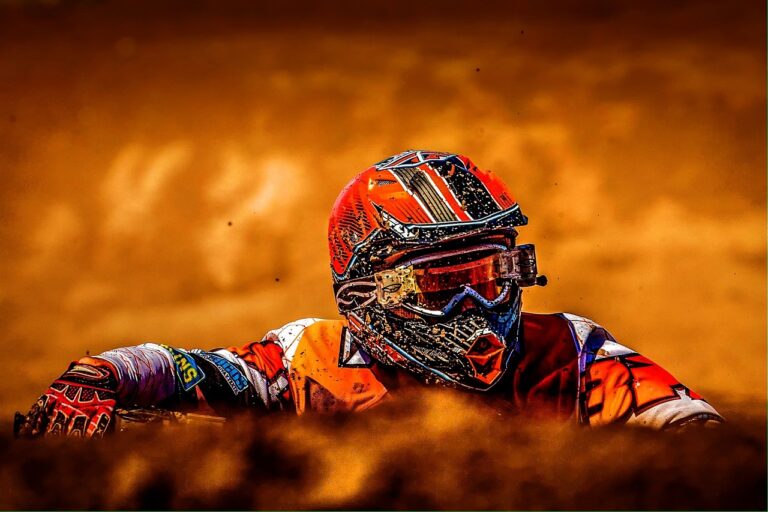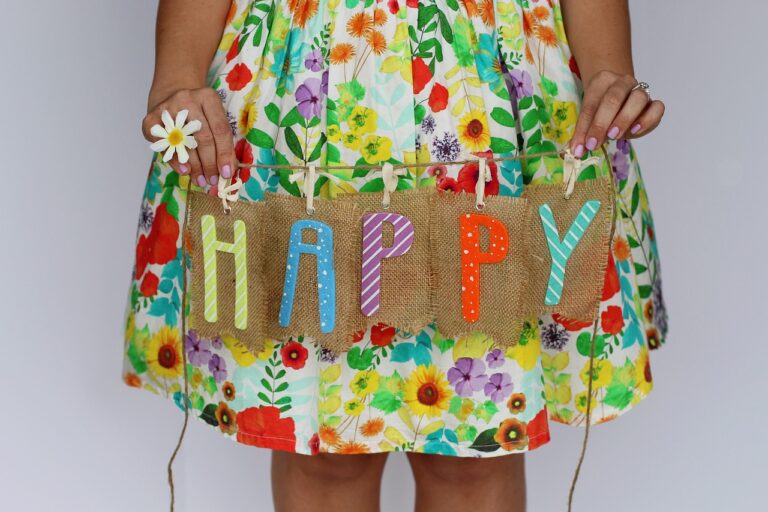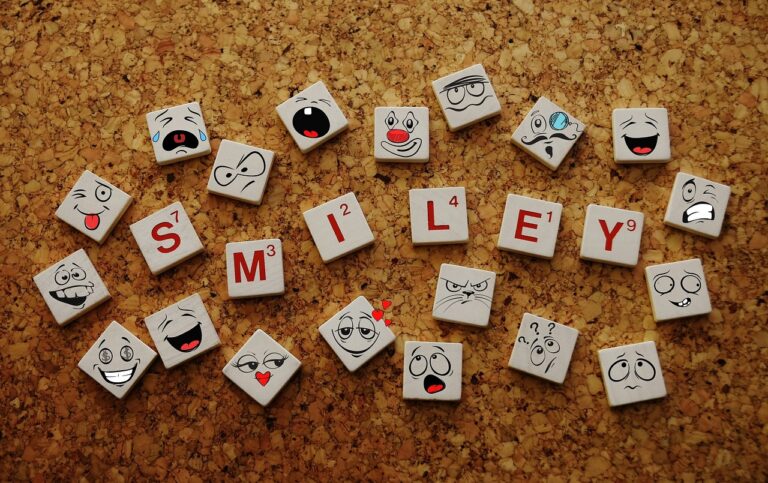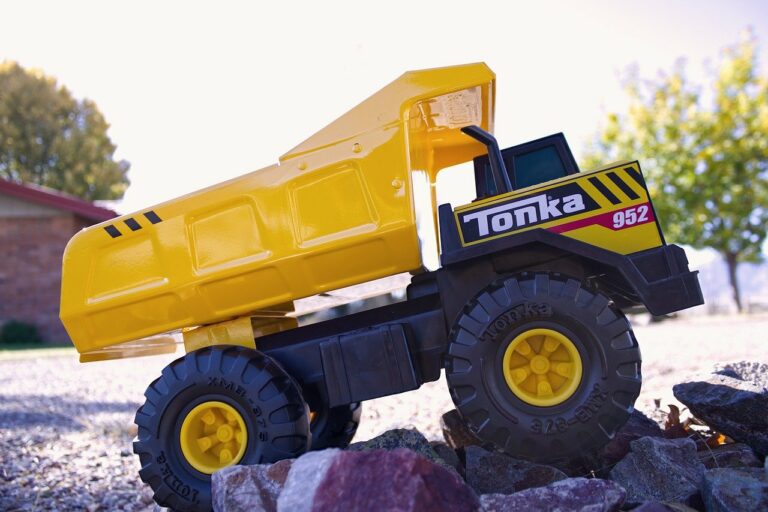The Impact of 3D Printing on Film Production
cricbet99 register, Sky1exchanges ID, 11xplay reddy anna:The Impact of 3D Printing on Film Production
Have you ever marveled at the lifelike special effects in your favorite blockbuster movies? From superheroes flying through the skies to intricate creature designs, the world of film production has been revolutionized by advancements in technology. One such innovation that has had a significant impact on the industry is 3D printing.
In recent years, 3D printing has become a game-changer for filmmakers, allowing them to bring their wildest imaginations to life on the big screen. This cutting-edge technology has opened up a world of possibilities for filmmakers, from creating intricate props and costumes to designing complex sets and even animatronic characters. But how exactly has 3D printing transformed the world of film production? Let’s take a closer look.
The Rise of 3D Printing in Film Production
Traditionally, filmmakers relied on manual labor and traditional modeling techniques to bring their visions to life. However, these methods were often time-consuming, expensive, and limited in scope. With the advent of 3D printing, filmmakers now have a powerful tool at their disposal that allows them to quickly and cost-effectively create detailed props, sets, and characters.
One of the key advantages of 3D printing in film production is its ability to rapidly prototype designs. Filmmakers can now create multiple iterations of a prop or costume in a matter of hours, allowing them to experiment with different concepts and refine their designs much more efficiently than traditional methods would allow. This not only saves time and money but also gives filmmakers greater creative freedom to explore new ideas.
Another major benefit of 3D printing in film production is its ability to produce highly detailed and intricate designs that would be nearly impossible to create using traditional methods. From intricate costumes to elaborate set pieces, 3D printing allows filmmakers to push the boundaries of imagination and create stunning visuals that captivate audiences.
In addition to creating props and costumes, 3D printing is also revolutionizing the creation of animatronic characters in film production. By using 3D printing technology, filmmakers can design custom animatronic parts that are lightweight, durable, and incredibly lifelike. This has opened up a world of possibilities for filmmakers, allowing them to create characters that move and emote in ways that were previously unimaginable.
How 3D Printing is Changing the Game for Filmmakers
3D printing has become an invaluable tool for filmmakers, enabling them to bring their creative visions to life in ways that were previously unimaginable. From creating highly detailed props and costumes to designing complex sets and animatronic characters, 3D printing has revolutionized the world of film production. But how exactly is this cutting-edge technology changing the game for filmmakers?
One of the main ways that 3D printing is transforming film production is by giving filmmakers greater creative freedom and flexibility. With 3D printing, filmmakers are no longer constrained by the limitations of traditional manufacturing techniques. They can now create highly detailed and intricate designs that would be nearly impossible to achieve using traditional methods. This allows filmmakers to push the boundaries of imagination and bring their wildest ideas to life on the big screen.
In addition to creative freedom, 3D printing also offers filmmakers a more cost-effective and time-efficient way to produce props, sets, and characters. Traditional manufacturing techniques can be expensive and time-consuming, requiring extensive labor and resources to create even simple designs. With 3D printing, filmmakers can produce complex designs quickly and affordably, saving both time and money in the production process.
Furthermore, 3D printing enables filmmakers to create custom, one-of-a-kind designs that are tailored to their specific needs. Whether it’s a unique prop for a sci-fi film or a custom animatronic character for a fantasy adventure, 3D printing allows filmmakers to bring their creative visions to life in ways that were previously impossible. This level of customization and precision has opened up a world of possibilities for filmmakers, allowing them to create truly immersive and captivating cinematic experiences for audiences worldwide.
The Future of 3D Printing in Film Production
As 3D printing technology continues to advance, the possibilities for filmmakers are endless. From creating intricate props and costumes to designing complex sets and animatronic characters, 3D printing has revolutionized the world of film production and transformed the way filmmakers bring their visions to life on the big screen. But what does the future hold for 3D printing in film production?
One of the most exciting developments in 3D printing for film production is the use of new materials and techniques that allow filmmakers to create even more realistic and lifelike designs. From flexible materials that mimic the movement of real skin to translucent materials that capture the look of glass or water, filmmakers can now create props and characters that are virtually indistinguishable from the real thing. This level of realism opens up a world of possibilities for filmmakers, allowing them to create immersive and convincing cinematic experiences that captivate audiences.
Another area of innovation in 3D printing for film production is the use of large-scale printers that can create full-size sets and environments. By using 3D printing technology to produce sets and backgrounds, filmmakers can create stunning visuals that transport audiences to fantastical worlds and immersive landscapes. This level of detail and realism has the potential to revolutionize the way films are produced, offering filmmakers limitless creative possibilities for bringing their visions to life.
FAQs
Q: How does 3D printing benefit filmmakers in terms of cost and time efficiency?
A: 3D printing is a cost-effective and time-efficient way for filmmakers to produce props, sets, and characters. Traditional manufacturing techniques can be expensive and time-consuming, whereas 3D printing allows filmmakers to create complex designs quickly and affordably.
Q: What are some of the key advantages of 3D printing in film production?
A: Some of the key advantages of 3D printing in film production include rapid prototyping, greater creative freedom, highly detailed designs, and customizability. 3D printing enables filmmakers to bring their wildest ideas to life on the big screen in ways that were previously impossible.
Q: How is 3D printing revolutionizing the creation of animatronic characters in film production?
A: 3D printing is revolutionizing the creation of animatronic characters by enabling filmmakers to design custom parts that are lightweight, durable, and incredibly lifelike. This has opened up a world of possibilities for filmmakers, allowing them to create characters that move and emote in ways that were previously unimaginable.







